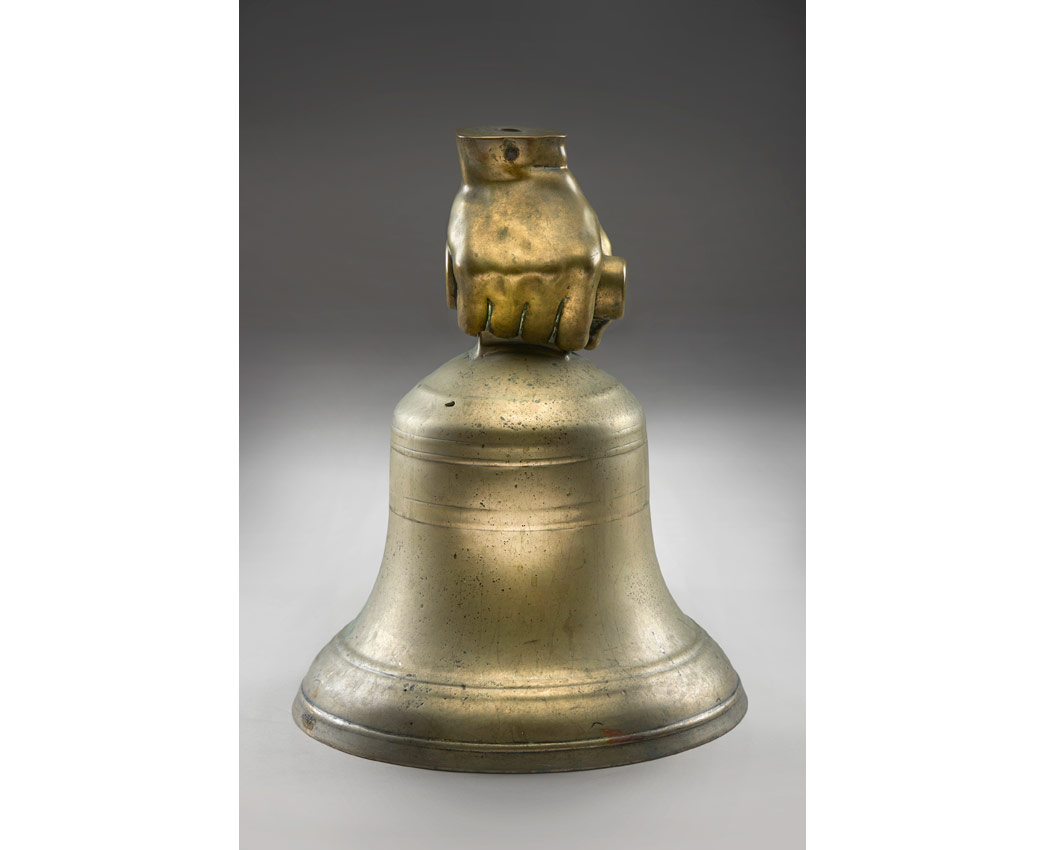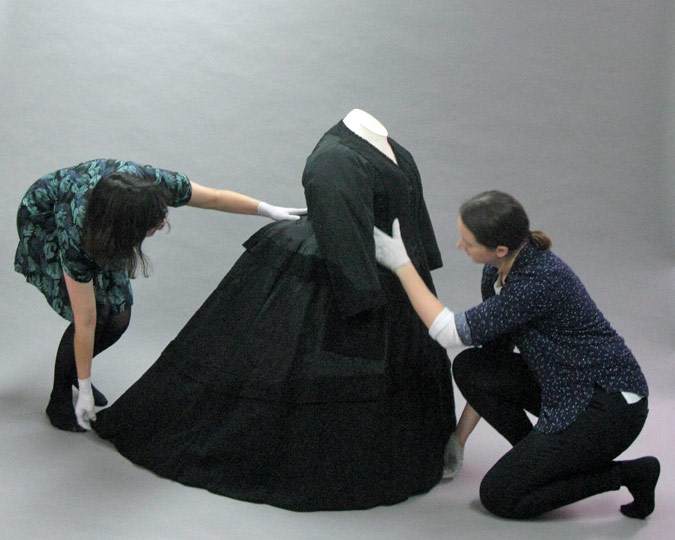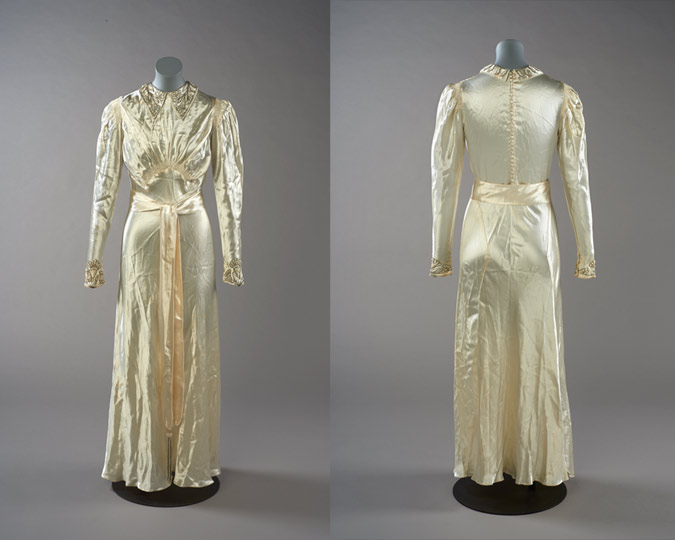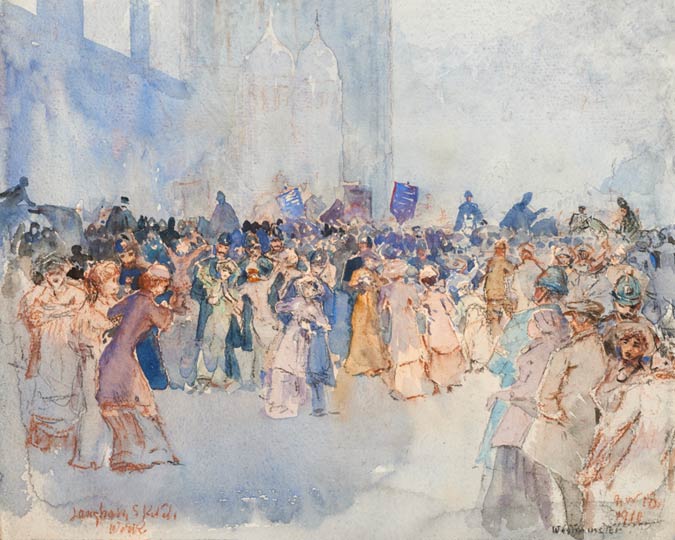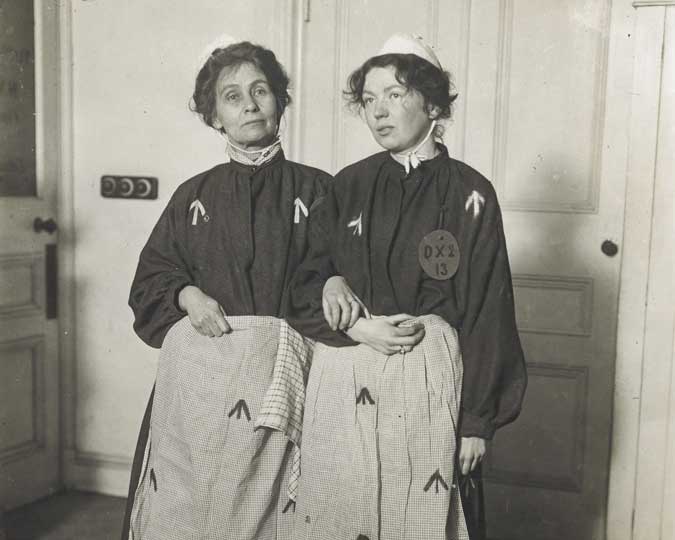This bell once hung in Holloway Prison, where hundreds of Suffragettes were imprisoned due to their actions campaigning for Votes for Women. Now, it is a permanent reminder of the victorious struggle for female suffrage.
This bell was hung in the gatehouse of Holloway Prison yard and was rung to summon the prisoners to work and exercise. Among them were many women who had been imprisoned for campaigning for Votes for Women: from those arrested during the Black Friday protests of 1910 to Suffragettes who committed arson or property damage.
One was Kathleen Emerson, an Irish Suffragette imprisoned in 1912 for window-breaking. Her poem, The Women in Prison, reflects the grim experience of many of the prison's inmates.
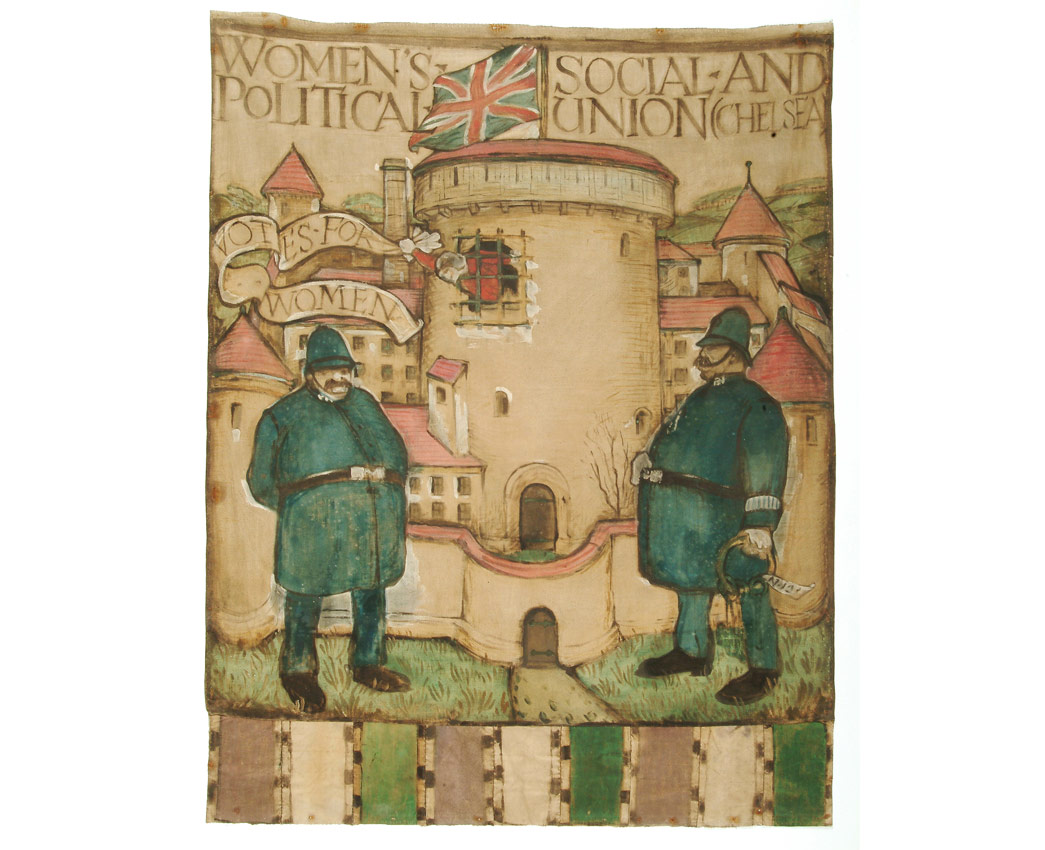
Suffrage banner featuring the gatehouse of Holloway Prison, 1908
Designed for the Chelsea branch of the Women's Social and Political Union (W.S.P.U) by Herman Ross
Built in 1852, the Victorian Gothic prison with its castle-like turrets and gatehouses dominated the Islington landscape until it was rebuilt in the 1970s. Converted to a female-only prison in 1902, Holloway became famous as Europe's largest women's prison, and for the political and criminal celebrities held within its walls.
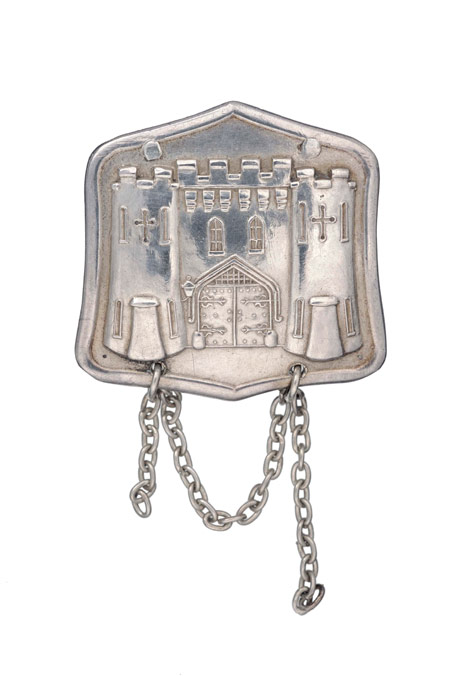
The relief design on the brooch depicts the entrance to Holloway prison.
For the Suffragettes, a term of imprisonment in Holloway became a literal badge of honour. A Holloway Brooch, designed by Sylvia Pankhurst, was issued to those who had been imprisoned for militant activism.
The Museum of London's collections include a wide variety of objects related to the Suffragettes and Holloway Prison: many historic photographs of the building and its inmates, including secret surveillance shots of Suffragettes taken in the exercise yard. We have examples of the uniforms worn by imprisoned Suffragettes, stockings knitted in Holloway, and even a 100-year-old piece of bread, given as a food ration and kept as a souvenir. But the closure of HM Prison Holloway in 2016 gave us the chance to acquire something new: pieces of the famous building itself.
Although the site had been rebuilt in the 1970s, demolishing the famous Victorian Gothic gatehouse, pieces of Holloway's history remained for acquisition by the Museum of London. Perhaps some of them will be on display once more at the museum's new home in West Smithfield. The Holloway Bell is another reminder of the prison's role in the history of London, and of the struggle for Votes for Women.
The Holloway Bell was showcased in our Collecting for London display in 2018.








